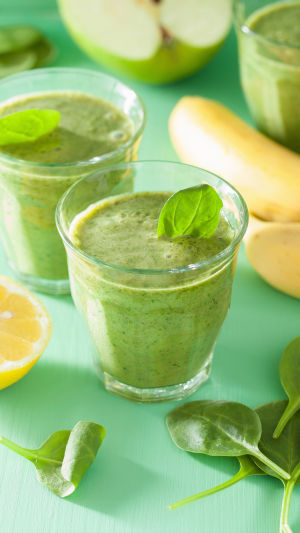When talking about fruit juice, people often associate it with words like "natural," "nutritious," and "healthy." In today's market, there's a wide array of food products labeled as "fruit juice," making it quite a task to discern what sets them apart.
People encounter terms like 100% fruit juice, fruit-flavored drinks, juice drinks, and various other "juice" variations. So, what distinguishes these different kinds of "fruit juice," and how can people make informed choices?
The primary distinction between juice and juice drinks lies in the content of actual fruit juice.
1. Fruit Juice: To earn the title of "fruit juice," a product must contain 100% fruit juice(fruit pulp), including both the original juice (NFC) and reconstituted fruit juice (FC).
2. Fruit Juice Drink: On the other hand, "fruit juice drinks" must have a fruit juice (fruit pulp) content of at least 10%.
3. Fruit Drinks: Lastly, "fruit drinks" should contain between 5% and less than 10% fruit juice (fruit pulp).
Hence, products labeled as "beverages" on the packaging and ingredients list are typically made by blending fruit juice or fruit juice concentrate with sugar, acids, pigments, and other food additives. Their nature significantly differs from that of pure fruit juice.
When you shop for juice products in the supermarket, you'll commonly come across two main types: FC and NFC, both known as 100% fruit juice.
FC (From Concentrate): FC juice involves processing the fruit juice into a concentrated form for preservation. Water is added when serving, reducing it back to 100% fruit juice.
The ingredients list for FC juice includes only freshly squeezed juice or added fruit pulp, with no other food raw materials or additives.
NFC (Not From Concentrate): NFC, also known as original juice, is made by pressing the fruit, sterilizing it, and then bottling it directly. NFC retains more nutrition and flavor compared to FC, as it skips the concentration and reduction steps.
So, how should you choose fruit juice? To make an informed decision based on health and taste:
1. Consider Juice Concentration: The market offers various concentrations of fruit juice – 10%, 30%, 100%, and more. Higher concentrations are closer to the original fruit's nutritional value.
2. Examine the Ingredient List: Look for products with ingredient information that mention only freshly squeezed juice and pulp.
Is it better to eat fruit or drink juice?
Nutrient Composition: Juicing can lead to the loss of some vitamins, dietary fiber, polyphenols, and other nutrients found in whole fruits. Consuming whole fruits allows for a more comprehensive intake of these nutrients.
Digestion and Absorption: Juices are easier to digest and absorb because they're already in liquid form. When you eat whole fruit, it undergoes additional milling and breakdown in the stomach before absorption.
Sugar Content: Juicing releases the natural sugars in fruits, making them more easily absorbed and potentially causing quicker spikes in blood glucose levels.
Ultimately, the choice between eating fruit and drinking juice depends on individual preferences and dietary needs. Some may prefer the convenience and quicker nutrient absorption of juice, while others may opt for whole fruits to ensure they get the full spectrum of nutrients and dietary fiber.





